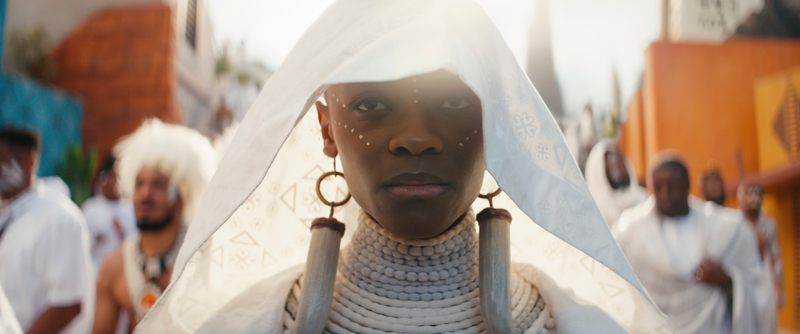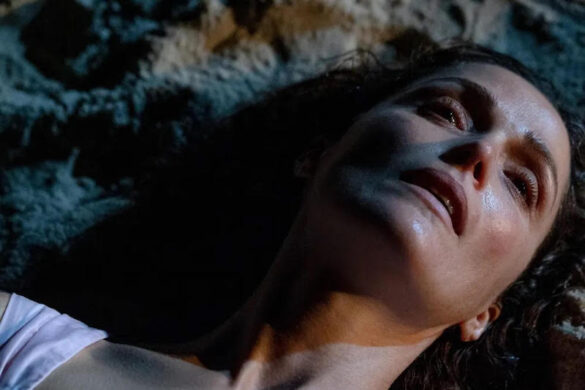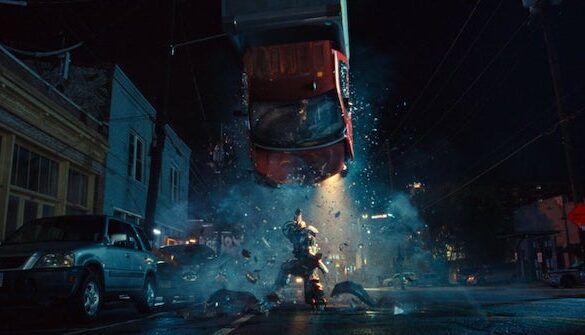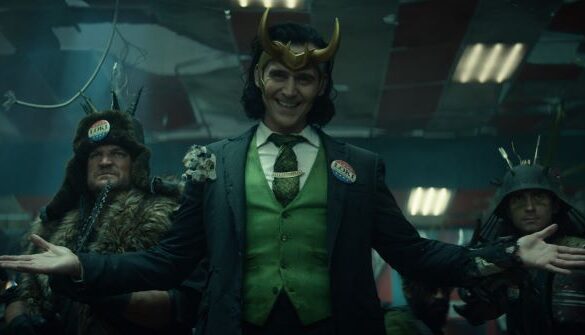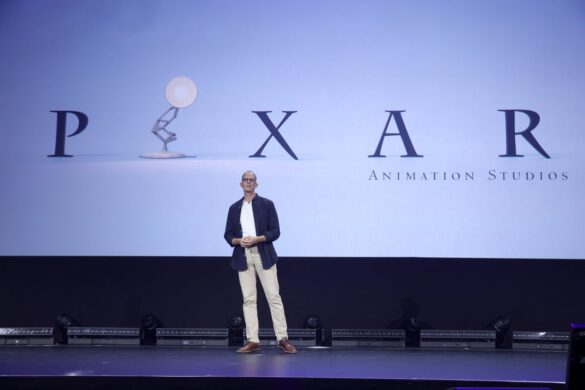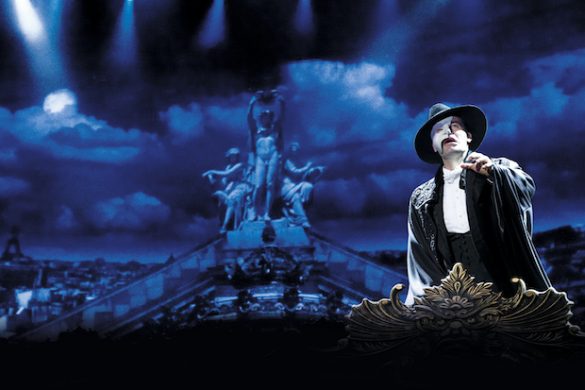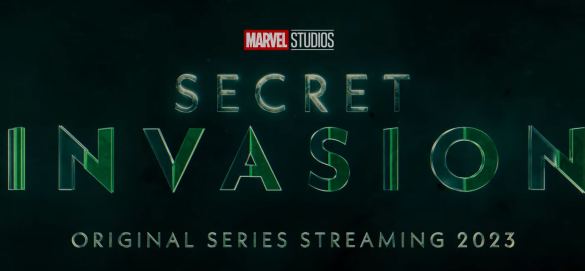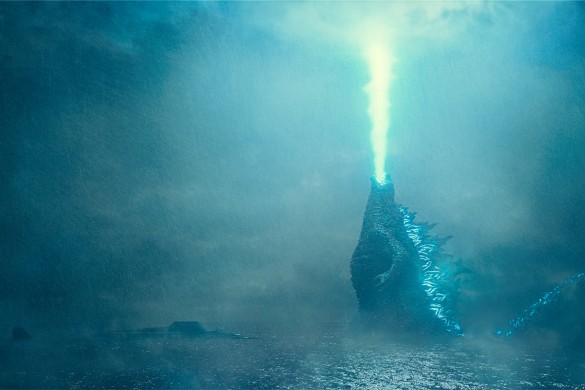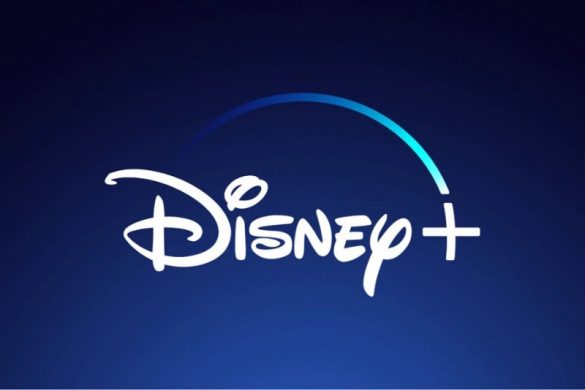“Black Panther: Wakanda Forever” is a Marvel Studios sequel that, unlike any other, carries the heaviest of hearts. While it tells a new story that expands the MCU by introducing new characters and worlds, it has to address the fact that the beloved and noble king of Wakanda, T’challa, has passed on. Sadly, in real life, Chadwick Boseman, who played the king and the titular hero, is no longer with us. However, director Ryan Coogler and co-writer Joe Robert Cole craft a story that pays tribute to the late actor while telling a story about finding the strength to move on after a painful tragedy.
And “Black Panther: Wakanda Forever” is just as much of a celebration of the life and legacy of Boseman and T’Challa as it is a reminder of the impact representation holds for audiences worldwide. There has been a superhero movie, let alone a sequel, of this scale to feature many Black or Latin Americans playing such complex and nuanced characters. As such, the sequel adds more depth to the idea of Black excellence by showing us parts of Wakanda we’ve never seen before and even more of its culture through the use of different hairstyles and costumes.
But part of the challenge of following up a film that has meant so much to the Black community while respectfully addressing the real-life tragedy and expanding the MCU is no easy task. Especially if that meant making room to introduce new characters to help usher in a new age of the MCU. And yet, Coogler’s direction is thoughtful and poignant as it gives audiences a heart-stopping action film while reckoning how loss can alter you.
For Shuri, that loss hits hard because T’Challa was the one to go to her whenever he needed tech upgrades to his Black Panther suit or tactical support. In a way,
The film opens with a black screen and Shuri (Letitia Wright) quietly praying to Bast. Then, as the screen lights up, we see Shuri and a group of scientists in a laboratory desperately trying to synthesize a cure for whatever ails T’Challa. Though Griot (Trevor Noah) tells Shuri that the confidence rate in those attempted cures falls, she pushes to make it work by inserting different medicinal combinations into the holographic DNA-like structure. But it is too late, and Queen Ramonda (Angela Bassett) tells her daughter that T’Challa has passed.
Gone is the usual Marvel Studios fanfare where we would see clips from those films reeled within the studio’s opening credits. Instead, it is replaced by shots of Boseman in regal or heroic form. It is an emotional tribute to the man who was more than a king and hero on screen, but an inspiration and an icon who represented hope to his community.
As the film progresses, “Black Panther: Wakanda Forever” celebrates T’Challa’s life in a joyous and melancholic ceremony filled with song and dance to honor their king and recognize that death is not the end. And yet, it still hits hard, especially Queen Ramonda and Shuri, both of whom have lost too much so soon. But now the country is without a Black Panther. And it’s unclear what will happen now that they don’t have their protector.
A year later, the UN pressures Wakanda into giving its share of the nation’s most valuable and highly sought-after resource, Vibranium. But Queen Ramonda, speaking on her country’s behalf, refuses, knowing that such action would result in disaster as they would weaponize it and that any attempt to obtain it by force would be considered an act of aggression. And they prove their point by having Okoye (Danai Gurira) and the Dora Milaje bring in a group of soldiers who failed to raid a Wakandian outreach facility.
As the Wakandans strive to embrace their next chapter, the US discovers that Vibranium exists on the floor of the Atlantic ocean. Believing that they lay claim to the land – which mirrors colonization – they use new technology built by a young and intelligent Riri Williams (Dominque Thone) to mine Vibranium. However, they are met by another force that may be more powerful than Wakandians. Namor (Tenoch Huerta) and the Talocans lay waste to the military personnel performing a Vibranium mining operation using their sonic hypnosis. Think of a siren song. And Namor, the king of Talocan, who has mutant powers to survive underwater, as well as flight and superhuman strength, takes out the remaining soldiers. Unfortunately, there are no survivors, and because this was an attack on Americans searching for Vibranium, the US blames the Wakandans. However, Queen Ramonda and Shuri weren’t aware of its existence outside its borders and began to investigate who built the Vibrandium mining device.
As Queen Ramonda tries to help Shuri come to terms with the loss of T’Challa, Namor makes himself known to the two. He offers that their nations unite in a joint effort to stop hostile countries that would devastate their lands for mining the Vibranium resource. And in an attempt to prevent a war with the surface world, Shuri and Okoye head to MIT to protect Riri from the FEDs and the Talocans. But their efforts failed, and Namor still wants to move forward with killing Riri and attacking the surface world, which includes Wakanda. So a the Wakandans strive to embrace their next chapter, the heroes must band together with the help of War Dog Nakia (Lupita Nyong’o) and Everett Ross (Martin Freeman) to stop the undersea nation from carrying out their war while also forging a new path for the kingdom of Wakanda.
The heart of “Black Panther: Wakanda Forever” isn’t in how it continues to explore Wakanda cinematically or how it expands the MCU mythology, but in how Coogler uses tragedy to tell character-driven stories. There’s Shuri, T’Challa’s little sister, who was the one person T’Challa went to whenever he needed support with his armor or someone behind the wheel. Then there’s Queen Ramonda, a queen and mother, thrust into the leadership role after the deaths of her son and husband. And then, there’s Namor, a king whose duty to protect his undersea kingdom stems from the real-life tragedies of European colonization.
And Coogler brings in a fresh approach to Namor, the film’s tragic anti-hero, by doing away with the Atlantian comic book origins and rooting it in something real by bringing the Mesoamerican culture into the MCU. So while the Talocan nation is fictional, its representation reflects the importance of diversity and a way to introduce the Mesoamerican culture on a global scale. And for those communities to be able to see and hear themselves in the characters that appear on screen positively reinforces the idea that they too could be these heroes or be someone who staunchly fights to defend the honor of their identity.
“Black Panther: Wakanda Forever” honors the Mesoamerican culture through its casting, the use of the Mayan language, and the production design. And excitingly, it establishes how the history of the two nations is tied together by the horrors of the past. While weaving their stories together serves a narrative purpose to help deepen the MCU mythology, it also gives us a better understanding of Namor and recognizes a culture that has gone unseen for far too long.
The set design of Talocan is beautiful. Utilizing turquoise, green, or yellow colored in the Mesoamerican-inspired art, “Black Panther: Wakanda Forever” introduces fans and audiences to a vibrant undersea world that is tangible and has a rich history. The kingdom utilizes its space well as it uses aquatic animals and ocean currents as a mode of transportation. Additionally, the undersea caverns function as cities populated by the Talocan. And the impressive throne room offers a view of the oceanic kingdom, and megalodon teeth surrounding the king’s seat show the king’s strength and fearsomeness. It’s designed to be a world we want to see more of every time we visit it.
Though “Black Panther: Wakanda Forever” is a heart-racing superhero geopolitical thriller that exists within the MCU, it also pays its respects to Boseman by addressing the concept of loss and how difficult it is to navigate and process that pain. But “Black Panther” meant so much to so many people, and it wouldn’t be right for it to be a one-off superhero film. There’s still so much left to explore, not only narratively but on a cultural level. As such, it strikes the right balance between the action and drama of an MCU film with a story that allows its characters and audiences to heal and come to grips with Boseman’s passing.
The fight scenes are reminiscent of a 90s action thriller built upon the high stakes of protecting life and warrior pride. There’s also a bit of playful humor in the action sequences to help ease some of that tension. But for the most part, the film’s action takes itself seriously by putting a lot on the line for Shuri, Okoye, and the rest of the Dora Milaje, along with Namor, Namora, Attuma, and the Talocans. Some chases put you on the edge of your seat, and fights are so fierce you can feel the pain of every blow.
Despite its flaws in its minor subplot that goes far too long than it should, “Black Panther” also introduces Riri Williams as a new tech-savvy MIT student who has a knack for building things with her own hands. That includes a new suit of armor inspired by a classic muscle car she has an emotional connection to. Thorne is an absolute delight to watch, especially when she is opposite Gurira when she tries to run away from Shuri and Okoye. The young actor brings the kind of spark that is similar to Tom Holland’s Spider-Man introduction in the MCU. The only difference is that Riri, like Shuri, embraces young Black girl excellence and women in STEM. And there’s a bit of added fun to her character as she has a side hustle helping other MIT students bring up their falling GPAs.
“Black Panther: Wakanda Forever” also examines grief and loss through the lens of superheroes made human. By revealing these vulnerabilities, audiences get to see the kaleidoscope of the characters’ humaneness after an unprecedented and painful event. These characters are displaced without their king, brother, and son. But in a way, it also helps the actors reconnect with their characters in the collective experience of shared anguish and the goal of honoring Boseman. Although not all processes are the same, seeing how they grief, it allows us to know that it will be okay.
Indeed “Black Panther: Wakanda Forever” is an unprecedented sequel unlike any other as it reflects upon the real-life agonies of losing a loved one. A person that was more than just a superhero but a son, brother, and king. And Coogler fleshes out the MCU by exploring new corners of Wakanda, diving deep into the world of Talocan, and populating it with fully-formedcharacters, each with their own sense of agency and purpose. These characters have the space to process their grief and that comes from a place that is very organic. And that is balanced by the film’s examination of geopolitics and colonization from the Talocans’ perspective. “Black Panther: Wakanda Forever” is a therapeutic sequel that allows audiences and fans to join hands with the characters on screen and grieve the loss of an icon while also being excited about the future of the MCU through the introduction of new characters and an expansion of the Marvel cinematic mythology.
9.5/10

